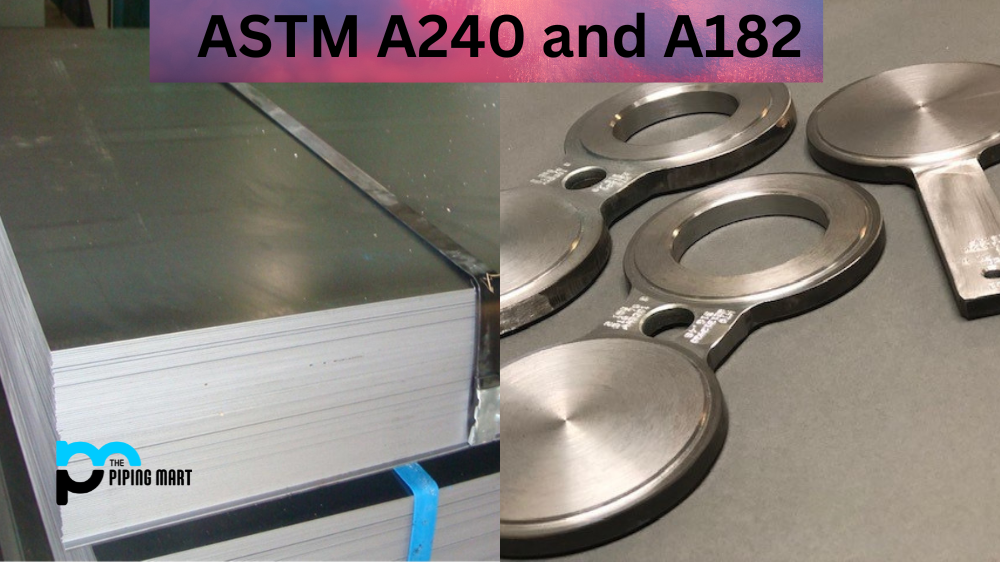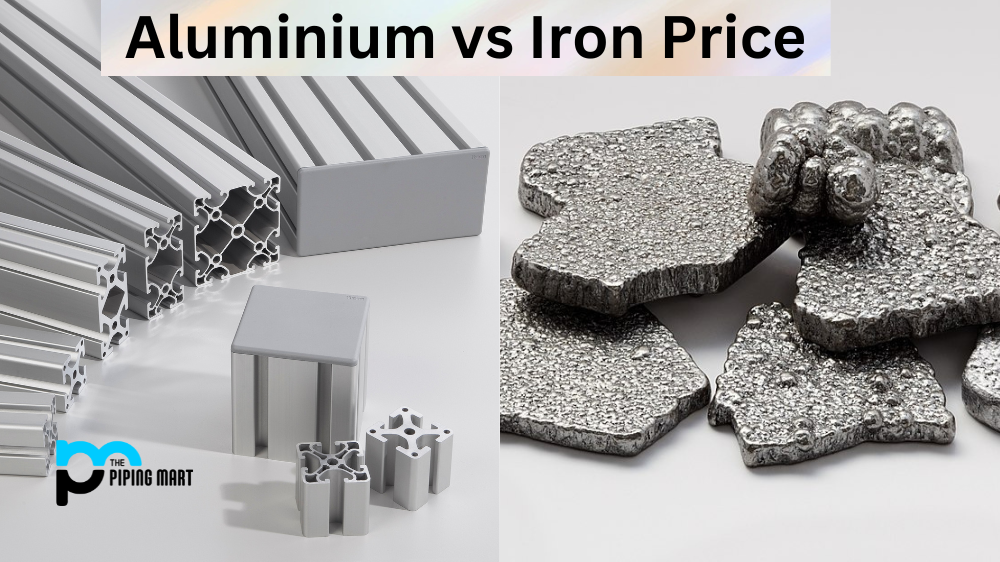The American Society for Testing and Materials (ASTM) is a globally recognized organization establishing standards for materials in construction, manufacturing, and other industrial processes. In stainless steel, the ASTM has developed two standards – A240 and A182 – that seem similar at first glance but vary significantly in their intended purpose. This blog post will provide an overview of ASTM A240 and A182, highlighting their differences and explaining how they are used in stainless steel manufacturing.
What is ASTM A240?
ASTM A240 is a standard specification for chromium and chromium-nickel stainless steel plate, sheet, and strip used for pressure vessels and general applications. It outlines the chemical and mechanical properties required for materials utilized in high-temperature and high-pressure environments. The standard covers various stainless steel alloys, such as 304, 316, and 316L, in various thicknesses and widths. ASTM A240 is particularly useful in specifying material requirements for the chemical processing industry.
What is ASTM A182?
On the other hand, ASTM A182 is a standard specification for forged or rolled alloy and stainless steel pipe flanges, forged fittings, and valves and parts used in high-temperature service. It covers materials in classes such as F1, F5, F9, F11, F22, F91, and stainless steel flanges in grades such as F304, F316, F321, and F347. This standard is particularly useful for specifying the material requirements of components that will undergo high-temperature and high-pressure cycles, such as in the oil and gas industry.
Differences Between ASTM A240 and A182
Chemical Composition
One of the most significant differences between ASTM A240 and A182 is their chemical compositions. While ASTM A240 primarily covers stainless steel alloys, ASTM A182 also covers various alloys. The carbon content of A240 materials is limited to a maximum of 0.08%, while the carbon content of A182 materials can go up to 0.35%. Additionally, A240 materials require a minimum chromium content of 16%, while A182 materials require a minimum of 10%. These varying chemical compositions outline the different applications and requirements of the materials under each standard.
Manufacturing Methods
Another major difference between ASTM A240 and A182 is the manufacturing process. ASTM A182 materials usually undergo forging or rolling before heat treatment, while A240 materials are cold-rolled or annealed. Therefore, the cost of A182 materials is generally higher than A240 materials. Despite this, A182 materials are preferred for high-temperature and high-pressure applications because they offer better strength and hardness properties.
Interchangeability
While the two standards greatly differ, some materials can comply with ASTM A240 and A182. For example, A240 304 stainless steel sheet can manufacture A182 F304 flanges. However, ensuring that the material meets the necessary mechanical requirements for each specific application is crucial.
Conclusion
In conclusion, both ASTM A240 and A182 are crucial standards in the world of stainless steel. While A240 is mainly for plate, sheet, and strip materials used in general applications, A182 emphasizes high-temperature and high-pressure components such as flanges and fittings. The requirements for chemical composition, manufacturing process, and mechanical properties differ between the two standards, and using the correct standard ensures that materials match their intended purpose. When choosing between the two standards, it is imperative to consider the specific application and requirements of the material before making a purchase.

Meet Bhavesh, a seasoned blogger with a wealth of knowledge and experience. From metal products manufacturing to retail, Bhavesh has a diverse background in various industries and is dedicated to sharing his insights and expertise with readers.




